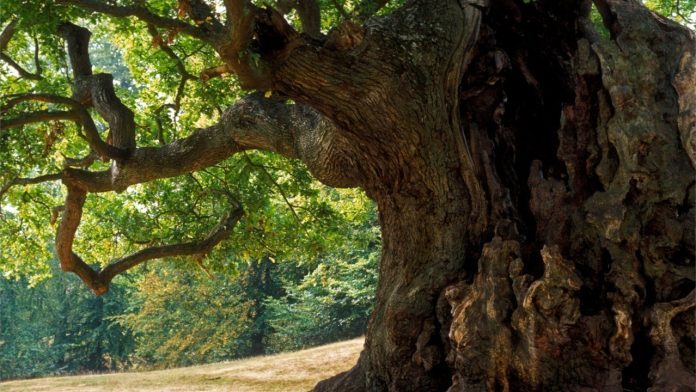Until now, scientists have believed that water is osmosis-free, somewhat continuously crossing trees.
Now they have discovered that the trunks and branches of trees contract and expand to “pump” water from roots to leaves, in the same way that our hearts pump blood into our bodies.
The only difference between our pulse and that of a tree is that a tree is much slower, it “beats” about every two hours or so, and instead of regulating blood pressure, a tree’s heart rate regulates water pressure.
“We discovered that most trees undergo regular periodic changes in shape, synchronized across the whole plant … which involves periodic changes in water pressure,” András Zlinszky told the New Scientist. University of Aarhus in the Netherlands.
In his 2017 study, Zlinszky and his colleague Anders Barfod used terrestrial laser scanning to monitor 22 species of trees to determine the shape of their canopies.
Measures were taken in the greenhouses at night to exclude the sun and the wind as factors in the movement of the trees.
In several trees, the branches moved about one centimeter every two hours.Here is the change of movement traced in a magnolia.
After studying the activity of nocturnal trees, the researchers proposed a theory on the meaning of movement. They believe the motion is an indication that trees are pumping water from their roots. It is, in essence, a type of “heartbeat”.
CLICK NEXT PAGE BELOW TO CONTINUE READING …










